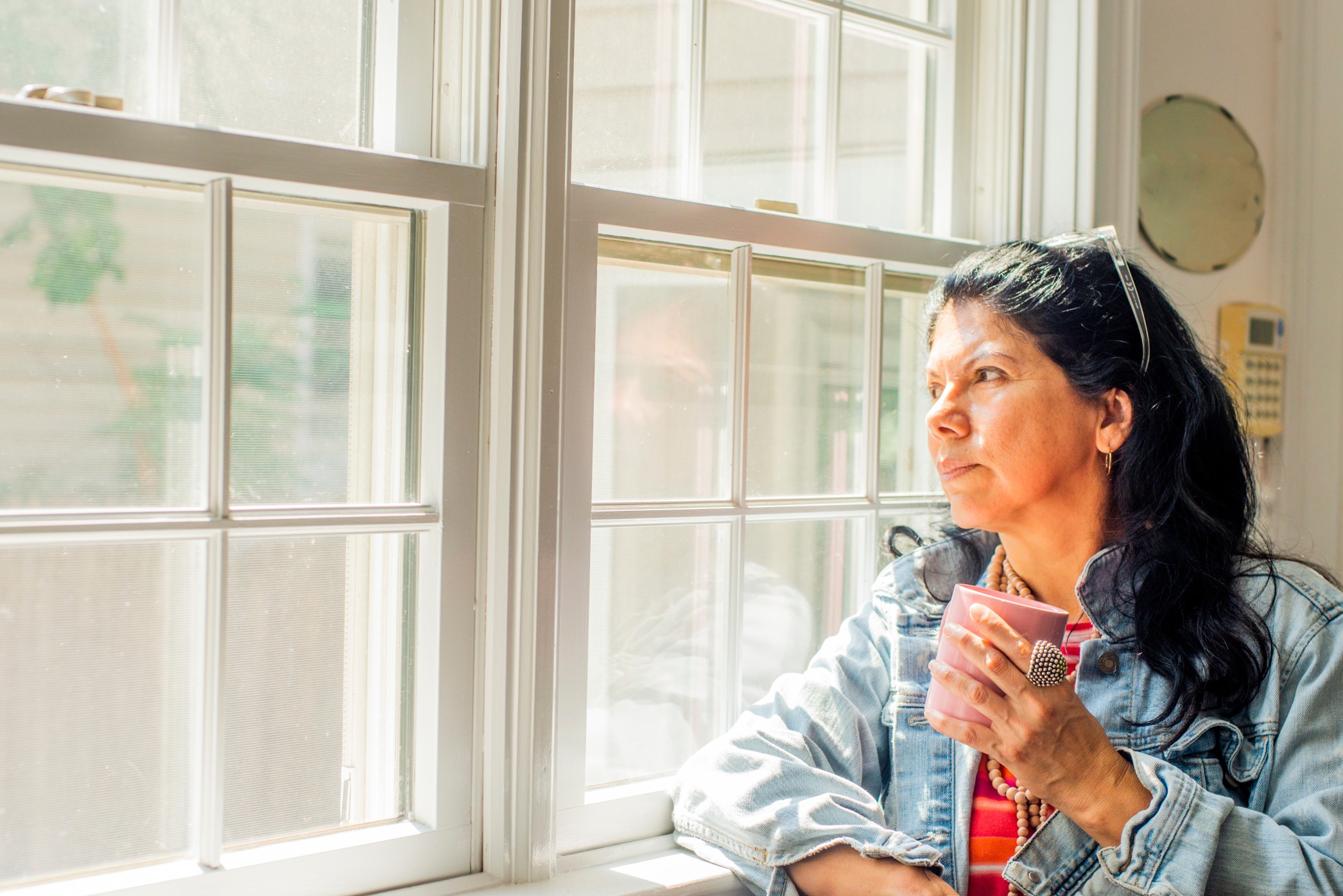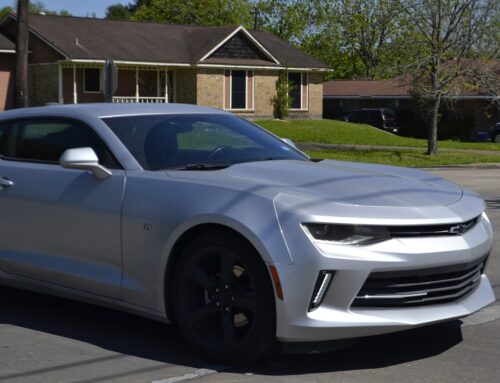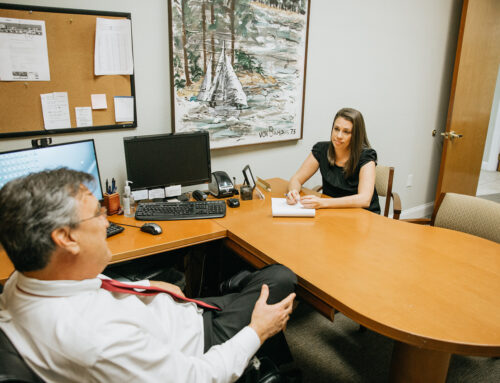There are two main types of debt to be considered during bankruptcy – secured debt and unsecured debt.
Secured debt refers to obligations backed by collateral, such as a car loan or mortgage. In contrast, unsecured debt refers to an obligation not protected by a guarantor or collateralized by specific assets. Two of the most common examples of unsecured debt are credit cards and medical bills. Because an unsecured loan is riskier for the lender, they typically are associated with a higher interest rate.
While much is written about keeping your car or home during bankruptcy, less discussion surrounds unsecured debt. This article discusses how this type of debt is handled in the two most common types of bankruptcy for individuals – Chapter 7 and Chapter 11.
Unsecured Debt and Chapter 7
In Chapter 7 bankruptcy, the individual does not directly pay back their debt obligations. A bankruptcy trustee will sell any non-exempt property on your behalf and distribute the revenue to your creditors. Once this is completed, a bankruptcy discharge is issued, which eradicates most – if not all – of the remaining debt. Whether or not you have obligations once the discharge is complete will depend on the unique situation.
Unsecured creditors are paid after all secured debt is satisfied.
For instance, if the trustee sells a vehicle for $10,000 but the individual only owes $5,000 on it, the court will pay off the car loan and the balance of the revenue used to pay unsecured creditors in order of priority. Unsecured debts are ranked based on priority, with obligations such as child support, spousal support, and tax debt taking priority over credit cards.
Some debts cannot be discharged during a Chapter 7 bankruptcy, such as child support, student loans, and tax obligations. While unsecured creditors are not permitted to take any personal property in exchange for the debt they are owed, they can sue in an attempt to settle the debt. If they win the lawsuit, they can begin the collections process.
Unsecured Debt and Chapter 13
In Chapter 13 bankruptcy, secured and unsecured debts are separated – just as in a Chapter 7 filing.
The most common unsecured priority debt claims in Chapter 13 include
* domestic support obligations (child and spousal support)
* administrative expenses such as legal fees incurred and fees to pay the trustee
* state, federal, or delinquent property taxes.
These creditors are paid first and must be paid in full. If the filing individual does not have the funds to reimburse these creditors, the court will deny their bankruptcy plan.
Unsecured debts considered “general” or of lesser priority include credit card debt, delinquent rent, student loans, medical bills, utility bills, and club membership dues. Once all priority debts are paid, surplus funds will be used to pay off general unsecured debt. These creditors are paid on a pro-rata basis – meaning that the balance of the funds will be distributed equally to all remaining creditors.
Which Type of Bankruptcy is Right for You?
When you are staring at a stack of bills, and your phone won’t stop ringing, it can be challenging to make a clear-headed decision regarding your financial future. Calling an experienced bankruptcy law firm is a significant first step to getting back on track.
The Richard V. Ellis law firm has the expertise you need to guide you through the bankruptcy process. We’ll help you to make the right decisions and free yourself from your financial problems.





